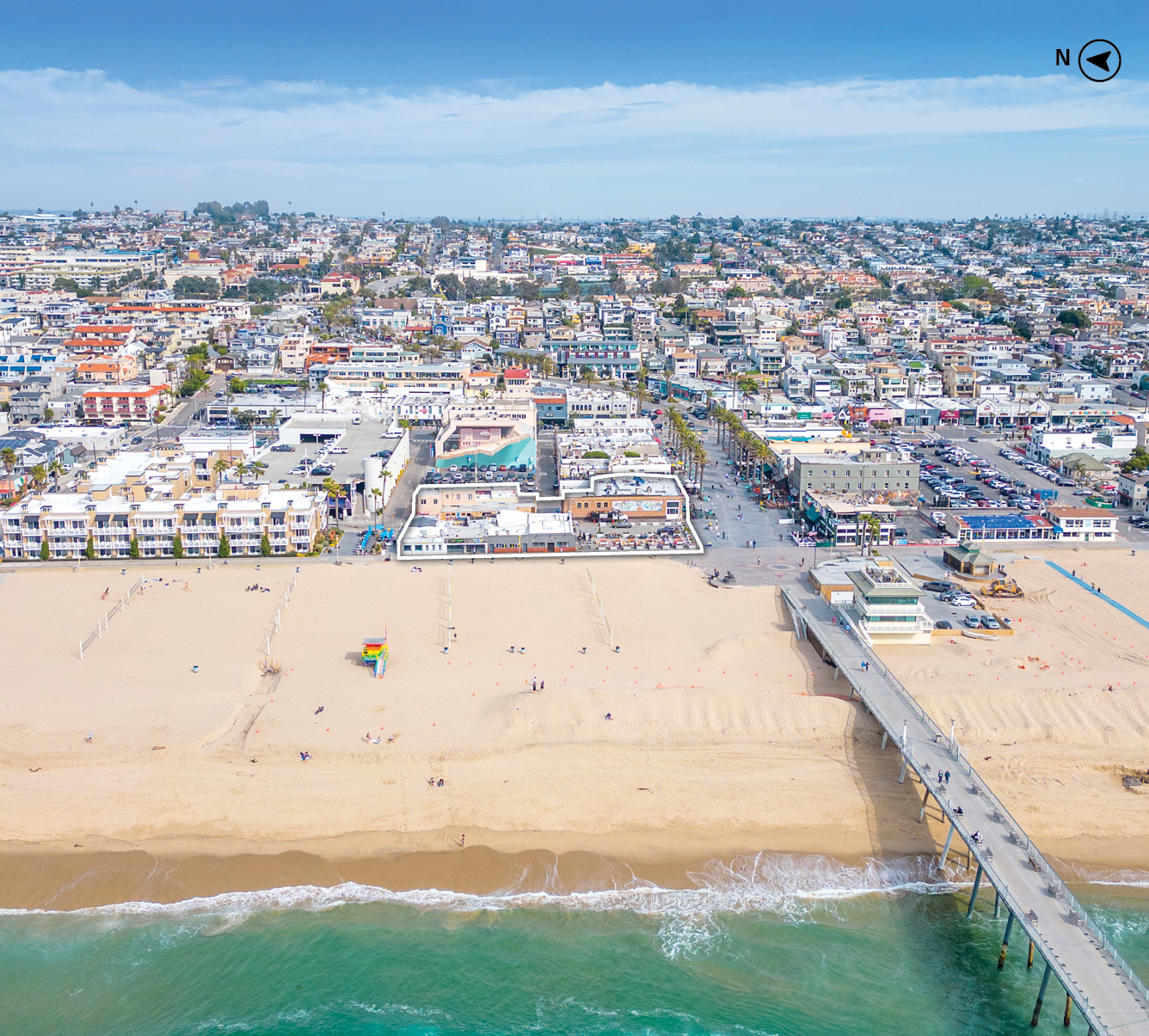How incentives are powering electric vehicle growth
Countries are actively courting electric vehicle manufacturers with generous incentives
Governments are racing to implement a wide range of manufacturing and sales incentives for electric vehicles (EVs), part of their overall plans to reduce carbon emissions.
Thailand, for instance, has implemented substantial tax breaks for EV production, slashing excise tax from 8% to 2% for models priced under THB2 million ($58,500). Further subsidies are also offered to EV makers investing in research and development (R&D) facilities or relocating their headquarters to the country.
To promote EV ownership, governments are also doling out financial incentives. In Singapore, subsidies have lowered EV costs by up to S$40,000 ($30,500), leading to a surge in EV adoption. One in three new cars sold in the city-state during the first half of 2024 was electric.
“The incentives for new energy industries, such as EVs, operate similarly to other sectors, but they often offer more compelling benefits,” says Michael Ignatiadis, Head of Manufacturing Strategy, Asia Pacific, JLL. “Markets with incentives are particularly appealing for manufacturers, especially during the initial stages of investment.”
Thailand’s measures are part of its ambitious goal of having 30% of domestically produced vehicles be zero-emission by 2030. The country has already drawn $1.44 billion in manufacturing investment from Chinese auto giants like BYD and Great Wall Motor.
In addition to luring manufacturers, the incentives are also fostering the growth of a robust local EV ecosystem, according to Ignatiadis.
“To qualify for these incentives, a Made-in-Thailand product must source at least 40% of its materials and components locally,” Ignatiadis says. “This requirement not only supports local industries but also helps manufacturers decouple from China and avoid tariffs.”
Looking for more insights? Never miss an update.
The latest news, insights and opportunities from global commercial real estate markets straight to your inbox.
The risks of excessive incentives
With more countries competing for EV investment, Ignatiadis cautions that offering excessive incentives carries the risk of overexpansion.
“If incentives are introduced too rapidly or at too large a scale, it can lead to market saturation and labor shortages,” says Ignatiadis. “This will strain local resources, potentially driving up labor costs and hindering growth.”
Manufacturers also face the risk of future incentive reductions or removals if market conditions change, which could negatively impact both EV sales and manufacturing.
“In a challenging economic environment, broader cost considerations often take precedence over specific incentives, which will influence consumer choices and manufacturer strategies,” says Peter Guevarra, Director, Research Consultancy, Asia Pacific, JLL.
Investment Opportunities
Balancing incentives and tariffs
Many governments are employing a carrot-and-stick approach to EV development. While incentives are crucial for attracting manufacturers, they are also using tariffs to safeguard their domestic EV industries.
A prime example is Canada, which recently followed the lead of the U.S. and European Union by imposing a 100% tariff on imports of China-made EVs.
The move aims to create a level playing field for Canadian EV producers to compete domestically and globally.
In contrast, Thailand, a member of the ASEAN Free Trade Area (AFTA), has eliminated tariffs for EVs and other goods originating within the region.
This allows Thailand to leverage the trade agreement to manufacture and export 'made-in-Thailand' EVs, even if they have a significant Chinese component, provided they meet the 40% local content requirement, Ignatiadis explains.
"The choice between incentives and tariffs can vary depending on a country's specific needs and its position in the EV supply chain," he says. "As countries progress and reach saturation, they may adjust their incentive programs and tariffs accordingly."
Tariffs, while intended to protect domestic industries, can also have unintended consequences, according to Guevarra.
“They can make protected domestic markets less competitive and innovative, ultimately leading to more expensive and potentially inferior EVs,” he says.
Contact Michael Ignatiadis
Head of Manufacturing Strategy, Asia Pacific, JLLWhat’s your investment ambition?
Uncover opportunities and capital sources all over the world and discover how we can help you achieve your investment goals.



